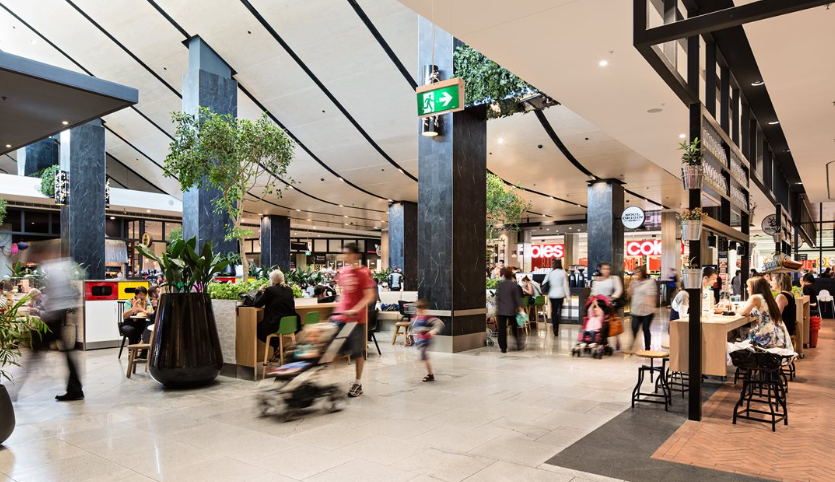
Australian retail sales have continued their growth in February, but at a slower pace than what analysts expected. Retail turnover rose 0.2% in February, according to seasonally adjusted figures released on Tuesday by the Australian Bureau of Statistics (ABS).
It follows a rise of 0.3% in January 2025, and a fall of 0.2% in December 2024.

However, although it has maintained its growth in February, analysts were expecting a 0.3% growth. Sales were up 3.
6% on a year earlier at A$37.1 billion. While food-related spending drove growth in February, spending in the non-food industries was mixed.
Other retailing (-1%) after rising sharply in January (+2.4 %). Household goods retailing (-0.
3%) also dropped for the second straight month. “Following promotion-based growth across the December quarter, spending on household goods continued to moderate with lower discretionary spending to begin the year,” said Robert Ewing, ABS head of business statistics. This was partly offset by spending growth in department stores (+1.
5%) and clothing, footwear and personal accessory retailing (+0.4%). Retail turnover grew in most states and territories, led by Western Australia (+0.
8%), which had its seventh straight monthly rise, and New South Wales (+0.5%). Retail sales are important from the standpoint of economic policy decisions in the country with retail contributing almost one-fifth of the nation’s gross domestic product.
Apart from adding around $430 billion annually to Australia’s economy, retail is also the largest private sector employer. The latest retail trade figures come hours before the Reserve Bank of Australia (RBA) will announce its policy rate decision at 2.30pm on Tuesday, with markets suggesting only a one-in-10 chance of a follow-up rate cut to its February decision to cut rates from 4.
35% to 4.1%. Pointing out to some of the sector’s most pressing challenges, Australian Retailers Association (ARA) Chief Industry Affairs Officer Fleur Brown said last week, “Retailers have been waiting for a recovery for five years but instead remain saddled with massive cost blow-outs amidst an ongoing cost-of-living crisis.
“Primary growth barriers include: low consumer confidence, increased regulation and compliance, higher leasing, energy and wages costs. “We are calling for policies that provide a foundation for growth – including targeted support for small, medium and family-owned businesses who make up the majority of our sector.”.















